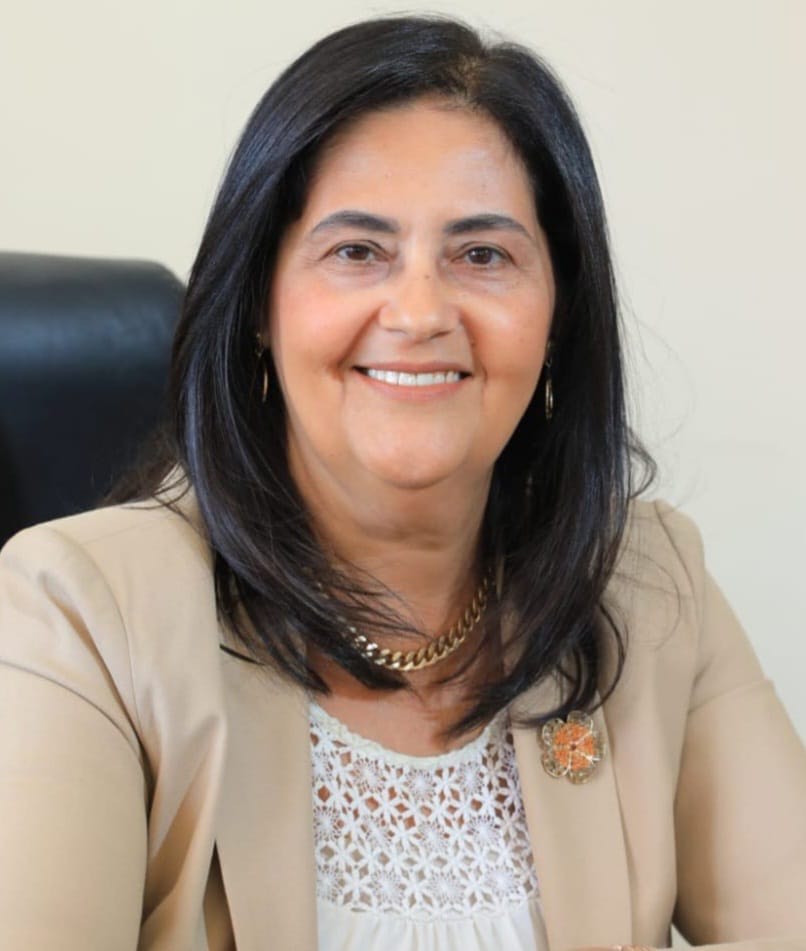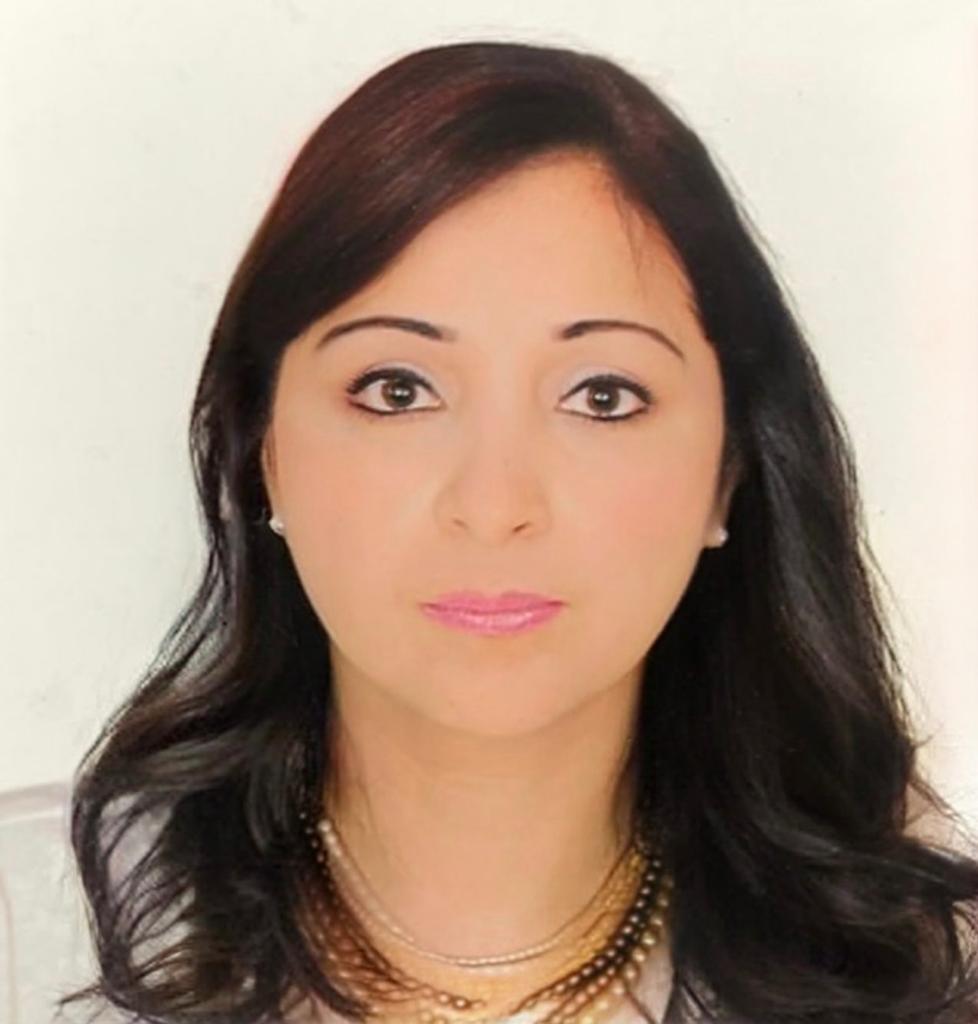The College of Mass Media and Communication Technology was established in July 1996 by the Presidential Decree number (245) of 1996. It offers undergraduate students a wide range of courses in the field of Mass Communication. The College includes three different departments: Radio and Television Department, Public Relations and Advertising Department, and Journalism Department. The College aims at providing a special program of high-quality education for potential work development. The college also prepares the Mass Media and Communication graduates with the requirements of a highly competitive job market. The College of Mass Media and Communication Technology provides a range of career opportunities offering certificates of Bachelor of Mass Communication in two branches; one in Arabic and the other in English. The College recruits high-caliber academicians and practitioners as academic staff in the two branches. Many of the staff members are internationally renowned with years of international experience in their field of expertise. In addition, the teaching staff of the College of Mass Media and Communication Technology work together in a team spirit to present a wide range of scholars perspectives’ and employ it in teaching. Among the distinguishing factors of the college is that its three Departments pursue research projects and train on mass media topics of pressing local, regional, and global significance.
Since the establishment of the College of Mass Media and Communication Technology, many students have graduated and currently working in highly strategic media institutions.
The Philosophy guiding the college’s efforts is that journalists and the other communicators must understand the political, social, economic, and cultural forces operating within society. For that reason, students acquire a background in humanities, social, and natural sciences, while preparing themselves for careers in journalism and mass communication.
Students are exposed to the main courses, which form the history of communication, and, in the meantime, they are made aware of the role of computers in communication.
The courses in journalism, radio & TV, and advertising is professionally oriented to train the student in the skills of writing and editing within the framework of ethics and responsibility.
The college has up-to-date facilities and equipment for study and practice in mass communication fields. These facilities include networked computer labs, photography labs, digital photography hardware, and software and broadcast studios. The College Library offers access to the latest electronic databases. Field experience in journalism, advertising, and public relations/information is part of graduation requirements. A total of 150 credit hours are needed for graduation.
College name: Mass Media and Communication Technology
Its location: Sixth of October City – Al Motamayez District – Arab Republic of Egypt.
The name of its affiliated university: Misr University for Science and Technology, the first leading private university in Egypt.
Establishment date: It was established by Republican Decree No. 245 of 1996 in accordance with Law 101 of 1992 regarding the establishment of private universities, to grant a bachelor’s degree in media, and the study began in accordance with the decision of the President of the Supreme Council of Universities No. (45) Of 2000 equivalent to a bachelor’s degree in media awarded by Egyptian universities and subject to the Universities Organization Law No. (49) Of 1972 and its executive regulations in the corresponding disciplines.
Study period: 4 years
Teaching methods:
1- Employing the latest educational technologies such as active, interactive, electronic, and virtual education.
2- The multiplicity and diversity of teaching and training methods.
3- A mixture of academic experts and practicing experts.
4- Continuous evaluation of the educational and training process.
5- Building institutional capability.
6- Establishing an internal system to ensure quality and its continuity.
7- Follow objective criteria to evaluate learners.
8- Diversification of learning resources.
9- Encouraging the publication of research in international journals, conferences and forums.
10- Reinforce community participation and constantly evaluate its effects.
11- Achieving justice, transparency and flexibility in the method of providing educational and research services to meet the needs of stakeholders.
12- Concluding professional, training and research partnerships with relevant local and international bodies.



The Faculty of Mass Communication, Misr University for Science and Technology is a pioneer, with a competitive presence within the system of media faculties locally and regionally, working to strengthen the fields of educational and research cooperation, to develop the Egyptian media environment and serve the community.
The Faculty of Media and Communication Technology at Misr University for Science and Technology seeks to prepare qualified graduates to join various media and communication institutions, through a system of academic and training programs that work to refine the scientific and applied skills of its students, keep pace with the needs and changes of the labor market, ethics and values of society.
The College of Information and Communication Technology at Misr University for Science and Technology is undergoing major qualitative transformations after drawing itself a clear-cut map, leading it to what it seeks and aspires to: a distinguished academic institution referred to as its modern infrastructure, advanced curricula and scientific cadres capable of providing distinguished knowledge and professional output at the professional, academic and scientific research levels to meet the needs of the media labour market. The college is constantly endeavouring to update its curricula, mix theoretical lectures with practical applications in order to find a professional graduate who can prove his/her competence in the labour market and be distinguished in various fields of Mass Media. This scientific process and the continuous modernization of postgraduate studies continue with a master’s programme “Social Media and Digital Communication” that seeks to address societal issues, interact with formal and informal institutions, and solve their problems within the framework of specialization and research applications that contribute to activating the logo of the academic institution in the service of society. The college also keeps pace with the requirements of times in media work and aims to prepare graduates who can contribute and participate in the performance of academic and applied activities in the branches of Mass Media and communication sciences, and to enable them to communicate effectively with others through the development of their media skills, encourage them to work independently and collectively, make use of modern technologies to meet the requirements of the labour market and to be students of the College of Mass Media and Communication Technology as ambassadors of Misr University for Science and Technology. The three departments of the college: Journalism, Broadcasting and Public Relations and Advertising in their goals and mission are based on the same vision of advanced professional media graduation, armed with modern knowledge and techniques to keep up with the times in a framework of professional and social responsibility. The College of Mass Media and Communication Technology serves as a unique arena for building the media skills of its students and graduates through the provision of curricula and practical training system that works on building integrated media personality and is based on continuous development and mixing elements of student skill and cognitive training by placing them in applied work environment since joining college. Through a diverse training environment and the platforms that employ the potential of modern studios and laboratories, utilize specialized expertise to place students in an environment of education, professional media training and field training opportunities for their students in various media institutions. The college striving for further development and modernization continues.
Prof. Dr. Howayda Mostafa
Dean, College of Mass Media and Communication Technology
Academic degrees awarded:
Misr University for Science and Technology grants, upon the request of the College of Media and Communication Technology Council, a bachelor’s degree in media in one of the following specializations:
1- Print and electronic press.
2- Radio and television.
3- Public Relations and Advertising.
In order to obtain a bachelor’s degree in media and communication technology according to the new regulation, the student must pass 132 credit hours from the requirements of the university, college and scientific department, distributed as follows:
University requirements: 21 credit hours.
College requirements: 45 credit hours.
Specialization requirements: 66 credit hours.
The specialization starts from the third academic level (the third year), and each scientific specialization includes a total of (66) credit hours.
Study language:
The study at the college is divided into two divisions: The Arabic language study division, and the English language study division. To join the English section, the student must obtain a score of 70% in the English language placement test held by the university upon admission, and it is not permissible to transfer from the Arabic section to the English section.
Believe in the importance of scientific research as one of the factors that greatly affect development and progress in general, and in our desire to advance Misr University for Science and Technology and the Faculty of Mass Com, in particular, and following the plan of the state and the university’s plan to develop scientific research, the Faculty of Mass Com. Was keen to develop scientific research Starting from the update of the college plan for scientific research in accordance with the requirements of quality as a basic requirement. Also a special program for the academic master’s has been established to keep pace with what is happening around the world in the most important international universities in terms of Ranking in the fields of media and digital studies, in addition to encouraging and motivating all faculty members and the supporting staff to submit and finish research and theses in the three departments of the college as well as Encouraging faculty members to submit recent research and publish it in distinguished scientific periodicals classified in Egypt and in the region in a way that supports the research outputs of the Faculty of Mass Communication and gives it a prestigious research position to be added to the efforts of the various faculties of the university in this context.
The scientific research and postgraduate studies at the Faculty of Mass Communication at Misr University for Science and Technology should be distinguished and have a competitive presence within the various master’s programs, and work to enhance the areas of research and academic development in order to develop the study and analysis system and the work of traditional and digital media in Egypt and in the region.
The Faculty of Mass Media and Communication Technology at Misr University for Science and Technology seeks to qualify research cadres in a specialized program that has unique features that make them able to conduct research and scientific studies related to digital media, which gives scope for analysis and understanding of its effects and the pattern of public adoption and interaction with it.
Developing university education to ensure a prestigious position for the college among media colleges in Egypt and abroad, within the framework of the college’s vision, to achieve a pioneering academic educational environment and to achieve leadership in developing academic performance in teaching and learning, addition to actively contributing to building a community capable to deal Effectively with sources of knowledge, and generate innovative knowledge and skills that devote the Egyptian identity.
Providing distinguished academic programs in line with development plans and the needs of the labor market through an integrated educational environment, in light of an effective system education and technological development, in an effort to graduate students capable of competing in the labor market and achieving sustainable community development.
11. Developing the skills of faculty members to raise the quality of education in the college.
Activating the faculty’s role in serving the internal and external community, solving its problems, and contributing to its development, by supporting the communication links between the Faculty of Mass Media and Communication Technology, and all community institutions, internal and external represented by other faculties within the University in order to achieve development and competitiveness for the faculty inside and outside.
The main objective of the Community Service and Environmental Development Affairs is to serve the community and meet its needs. In order to achieve this, the faculty adopts the following strategic objectives:
1- Preparing practical and applied plans related to environmental and societal problems and conducting studies and research that help in solving societal problems and improve the educational process to link the theoretical side with the practical side.
2- Spreading creative thinking and modernizing study systems and programs to meet of the needs of society and the environment, that will enhance the community’s confidence in the educational and professional programs offered by the faculty.
3- Motivating, encouraging and developing the awareness of students and graduates to participate in the community, emphasizing their role in protecting the environment, enhancing their affiliation with the faculty and the community besides building positive trends for them.
4- Preserving the faculty’s internal environment, protecting it from pollution, rationalizing the use of available resources, and activating the means of sustainable development.
5- Involving external community parties (media experts, media organizations, NGOs, and local governmental and non-governmental organizations) in the faculty’s activities besides building bridges for cooperation with business organizations, various institutions and charities in order to activate the faculty’s role in providing job opportunities for students and graduates as a contribution to solve the problems of the local community.
6- Holding ceremonies, conferences, employment forums and providing opportunities for student exchange at the local and international level to develop the faculty’s role as one of the distinguished and specialized scientific, research and service centers in the field of university education.
Semi-annual report on community service and environmental development.
The growing interest in Egypt at the governmental and societal levels in developing higher education institutions, with the aim of improving the quality level of performance of these institutions and activating their role in leading the comprehensive development processes, and also trying to prepare a distinguished graduate and gain the community’s confidence in the efficiency of performance, quality assurance and the continuous development of higher education institutions, systems and programs in Egypt. The Ministry of Higher Education established the Project Management Unit, and among its projects was a “Quality Assurance and Accreditation Project” for all faculties. Accordingly, Misr University for Science and Technology applied for a development project (QAAP) and actually got a project to establish an internal system for quality in 2009.
The Faculty of Mass Media and Communication Technology, through the management of the Quality Unit at the faculty, has prepared the administrative regulations for the unit in accordance with the faculty’s vision, mission and strategic plan stemming from the vision and mission of Misr University for Science and Technology in order to ensure quality to achieve accreditation.
“Achieving a high level in the college’s performance among the distinguished media colleges locally and regionally”
The unit seeks to spread a culture of quality and performance evaluation in all elements of the educational system and research and service activities provided by the college in light of the standards of the National Authority for Quality Assurance and Accreditation and adopting a process of continuous improvement of institutional and academic performance to raise the level of efficiency and competitiveness of its graduates and gain the confidence and satisfaction of the beneficiaries in order to achieve comprehensive quality and access to accreditation.
[gdlr_core_title title=”Objectives” caption=”” title-font-size=”22px” title-font-weight=”700″ title-font-color=”#314e85″ title-font-uppercase=”disable” title-color=”#314e85″
– Suggesting the general policy for performance evaluation and quality assurance in the college.
– Designing and preparing various evaluation methods, questionnaire forms, and tools necessary for evaluation, identifying strengths and weaknesses, and working to improve them in the light of the concept of quality.
– Spreading the culture of quality in the college by organizing seminars, training courses and workshops that meet performance evaluation and quality assurance.
– Continuous evaluation of the axes of academic accreditation (educational effectiveness and institutional capacity).
– Providing technical support to new members of the college.
Continuing to develop the capabilities of faculty members and the administrative staff with regard to quality.
– Continuous training and rehabilitation for all faculty and staff members at the college.
– Raising the level of transparency and credibility.
– Follow up on the college’s educational problems and develop plans for improvement.
– Forming working groups with students to activate their role in quality assurance.
– Coordination between scientific departments.
– Participate in the assessment of the current situation, and the preparation of the college’s self-study.
The College of Mass Media and Communication Technology was established in July, 1996 by the Presidential Decree number (245) of 1996. It offers undergraduate students a wide range of courses in the field of Mass Communication. The College includes three different departments: Radio and Television Department, Public Relations and Advertising Department, and Journalism Department. The College aims at providing a special program of high quality education for potential work development. The college also prepares the Mass Media and Communication graduates with the requirements of highly competitive job market.
